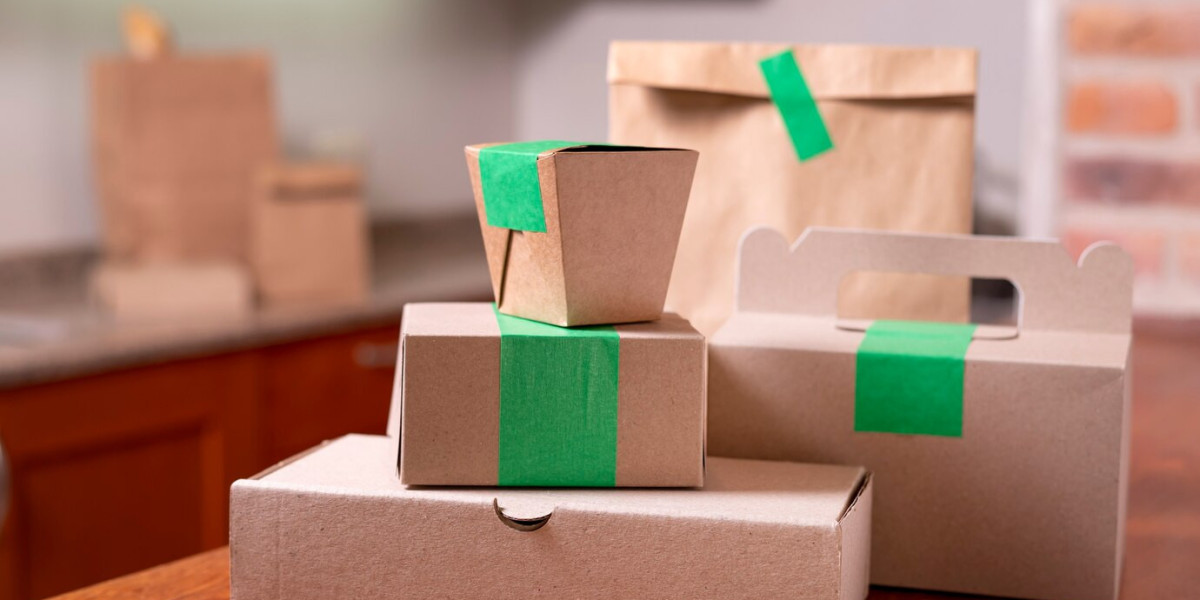Since more and more brands are committing to sustainability, environmentally customized eco friendly packaging has been a crucial element of a business's strategyit's not just something to look at. However, good intentions don't suffice. A lot of businesses, even the most with good intentions, fall into the trap of common mistakes that compromise their sustainability goals and cause customers to be disappointed or even waste money.
If you're attempting to be green Here are 10 mistakes in eco-friendly packaging to stay clear of as well as what you can do about it.
1. Choosing "Green" Materials Without Researching Them
Certain materials marked "eco" or "biodegradable" can be considered sustainable, and even harmful. Certain materials require industrial composting conditions for breakdown the material, and these are not readily accessible in many cities.
How to fix it:
Verify products that have certified by reputable organizations such as FSC(r), BPI(r) or Cradle into Cradle. Request suppliers to provide detailed material specifications as well as guidance on the time to retire.
2. Using Oversized Packaging
Larger boxes may feel luxurious, however they typically need more filler and material which can result in a waste of resources as well as increasing the amount of shipping emissions.
How to avoid it:
Use appropriate-sized packaging that fits your items perfectly. This reduces the amount of the amount of waste and shipping expenses, and also your carbon footprint.
3. Greenwashing using Buzzwords
Incorporating vague phrases such as "eco-friendly," "natural," or "sustainable" on packaging without the substance of your product can damage your image. Consumers are aware and will make a fuss about you.
How to avoid it:
Be open and transparent. Be sure to back your claims with certifications with measurable results, as well as specific language such as "100% recycled kraft paper" or "home-compostable in 60 days."
4. Using Plastic-Based Compostables
Certain "compostable" plastics (like PLA) aren't able to decay in the natural environment or compost at home, and require industrial facilities, which are not available throughout the world.
How to avoid it:
Use recyclable home substances like mycelium paper or bagasse. Choose to stick with recyclable choices that clearly indicate the benefit of consumers.
5. Ignoring the Full Lifecycle of Packaging
Certain businesses are focused on the way packaging appears or is - not on how the packaging is made, moved and disposed.
How to deal with it:
Evaluate packaging by its entirety Impact on production as well as energy usage, transportation emissions, and alternatives for the end of life.
6. Using Too Much Packaging
Inexpensive layers, inserts and fillers cause garbage, even though the components are recyclable.
How to fix it:
Design with minimalist design. Utilize fewer components and more multi-purpose designs. The less you use, the better for the environment as well as your profit margin.
7. Overlooking the Customer's Recycling Reality
Some customers do not can access proper recycling or composting. If your packaging is complicated or unreadable, it could end getting tossed into the garbage.
Instead, what to do:
Add straightforward, easy disposal guidelines on the container. Make sure to choose materials that are recycleable or can be composted in your home and not only in the theory of.
8. Ignoring Aesthetic and Brand Identity
Sustainability doesn't need to be boring. A lot of brands lose aesthetic appeal while going green.
How to fix it:
Use environmentally-friendly materials imaginatively. Include branding using inks made from soy and die-cut designs or embossing. The sustainable option can remain gorgeous and in-line with the brand.
9. Not Testing Packaging for Real-World Use
Eco-friendly boxes that break crack, break or fail during transport can result in damage to the products, trash, and angry customers.
How to handle it:
Conduct real-world stress tests to determine the strength of shipping, moisture and stacking strength. The sustainable packaging should also be practical and secure.
10. Ignoring Feedback and Failing to Improve
Customers are aware of packaging. If you're not paying attention to the feedback of customers about excessive packaging, recycled materials or a confusing design you're missing out on valuable insights.
What should you do:
Gather and reply to comments from customers frequently. Utilize it to improve the quality of your the quality of your products, their usability, as well as the environmental impact of your business.
Final Thoughts
Being green is a continuous process and customized eco friendly custom boxes not just a once-off decision. Beware of these commonly-made eco packaging errors will ensure that your company is creating real, long-lasting impact rather than just making a point of checking off a box.
Sustainable, smart packaging:
Purposeful
Practical
Planet-friendly
Most importantly, in line with your beliefs
When you're aware and active You'll be able to create packaging that goes beyond provide protection, it creates confidence, tells your tale and is respectful of the environment..







